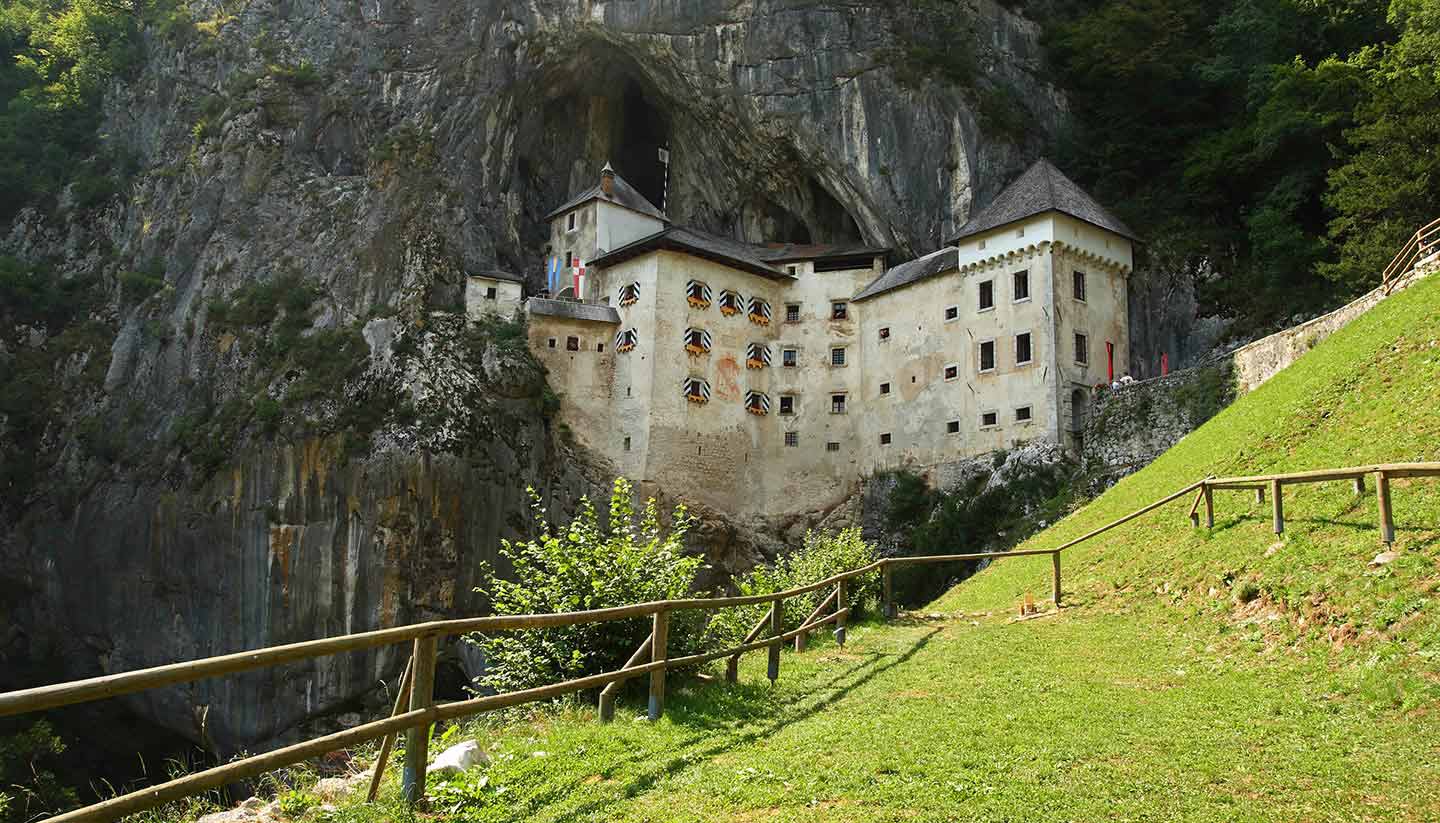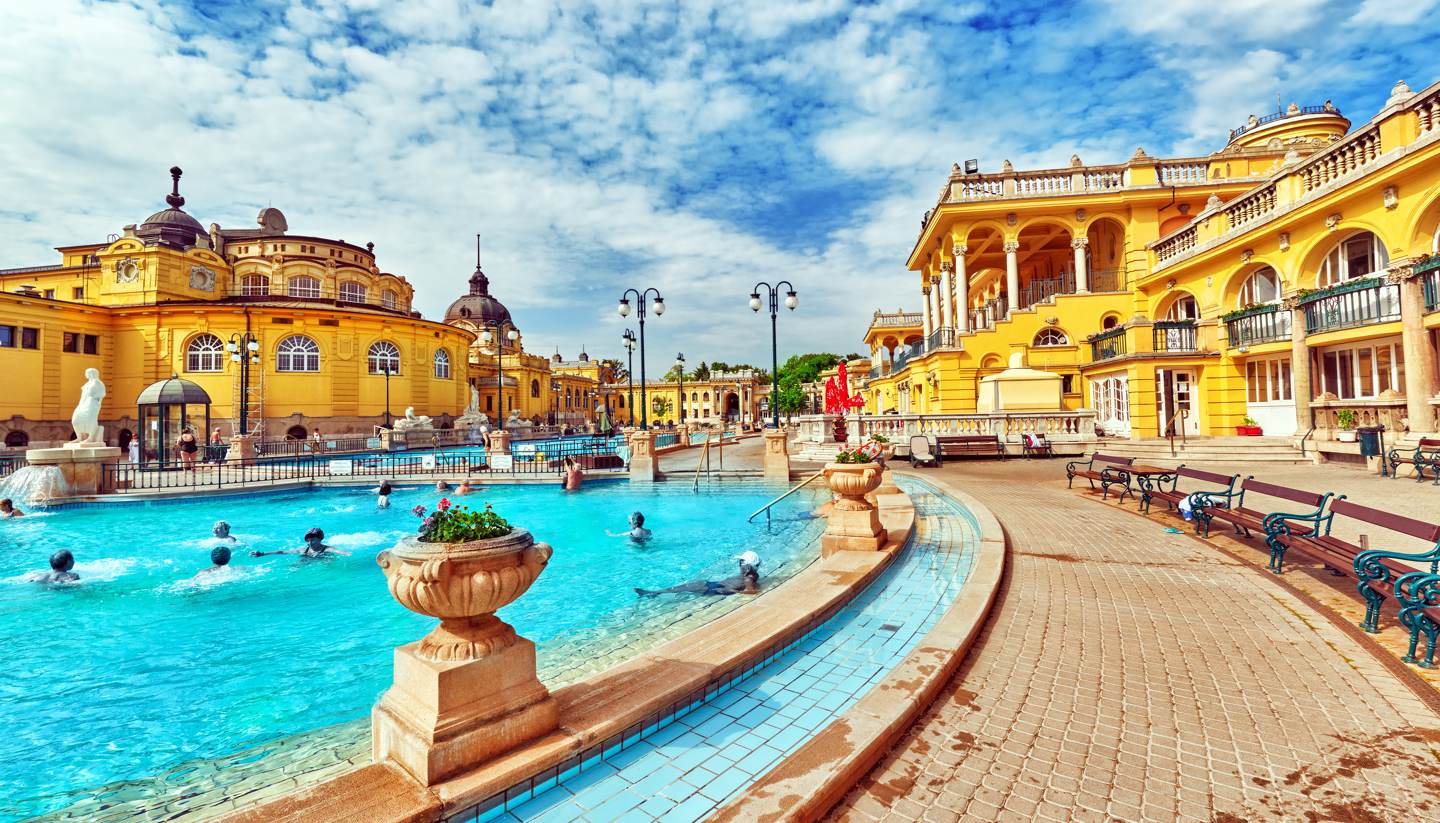Getting Around Slovenia
Air
There are no scheduled domestic flights in Slovenia.
Departure tax
Departure tax is included in price of ticket.
Road
A vignette (road tax sticker) is mandatory for driving on motorways. Weekly, monthly or yearly vignettes can be bought any petrol station in the country, post offices, automobile clubs and some shops.
Side of the road
RightRoad Quality
There is a good network of high-quality roads in Slovenia, which are clearly signposted.
Many of the motorways have been built since Slovenia joined the EU and are relatively quiet, especially on Sundays and public holidays when lorries are banned.
Radio reports of traffic jams usually only concern the coastal border crossings at weekends in the summer.
Road Classification
Avtocesta (A) are motorways, Hitra cesta (H) are fast roads, Glavna cesta (G) are main roads and Regionalna cesta (R) are regional roads. European roads are signposted as E.
Car Hire
There are car hire companies, including many international brands, at Ljubljana airport and in the city, but it's best to reserve a vehicle online before you arrive.
Drivers must be at least 21 and have been a licensed driver for at least two years; although this may be based on car category. There may be a surcharge if you are under 25.
Taxi
Taxis are relatively easy to find in the major cities, especially around the train station; in towns, you can usually book them from hotels and restaurants. Taxis are metered.
Bike
Slovenia takes cycling seriously with its own star system to identify accommodation geared towards pedal pushers.
Hotels, hostels and guesthouses in the scheme have their own bikes or can point you towards a rental shop. Tourist information centres (TICs) can also help with bike hire and route maps. There are marked routes all over the country.
You can also explore Ljubljana with the capital’s automated bike sharing system known as BicikeLj (en.bicikelj.si).
Coach
Efficient coach services operate in the cities, major towns and tourist spots, and from Ljubljana airport to the city centre or Lake Bled.
Otherwise, it is usually quicker and easier to go by car or rail.
For bus information contact Avtobusna Postaja (tel: 1991, in Slovenia only or +386 1234 4600; www.ap-ljubljana.si).
Regulations
Speed limits in Slovenia are 110-130kph (68-81mph) on motorways, 90kph (56mph) on non-urban roads and 50kph (31mph) in built-up areas, sometimes reduced to 30kph (19mph).
Seat belts are compulsory (including in the back, if provided). Dimmed headlights must always be turned on while driving (even during the day). Vignettes (road tax stickers available from petrol stations and border crossings) are required in order to use the motorways and express roads in Slovenia.
There are hefty on-the-spot fines if drivers are caught without a vignette, speeding, driving under the influence of alcohol (over 0.05%) or using a handheld mobile phone. Drivers must have a reflective jacket, warning triangle, fire extinguisher, spare light bulbs and a European standard first-aid kit in their cars.
Breakdown services
AMZS Roadside Assistance (tel: 1987 in Slovenia only, +386 1530 5353; www.amzs.si).
Documentation
Full national driving licences with a photograph are accepted. Non-EU visitors must obtain an International Driving license.
To obtain an International Driver's License in your home country, contact your local Automobile Association office. International car insurance is mandatory.
Urban travel
It’s easy, safe and probably more interesting to get around Slovenia’s towns and cities by foot, although the buses are quicker and reliable.
They are run by Avtobusna Postaja (AP) (tel: 1991, in Slovenia only or +386 1234 4600; www.ap-ljubljana.si). Ljubljana city buses are operated by the Ljubljanski Potniški Promet (LPP) (tel: +386 1582 2460; www.lpp.si).
There are no underground trains or trams in Slovenian towns and cities.
Rail
Train travel is generally inexpensive and enjoyable. It is run by Slovenske Železnice (tel: +386 1291 3332; www.slo-zeleznice.si). There are several types of trains operating on this network.
The Intercity Slovenia (ICS) a high speed train between Ljubljana and Maribor and some international destinations; Intercity (IC) trains that operate longer distance domestic and international services; EuroCity (EC) a long distance international train; and Regional (R) and passenger trains (LP) that connect domestic towns.
Rail Passes
InterRail One-Country Pass: Offers travel for three, four, five, six or eight days in one month within Slovenia.
Travel is not allowed in the passenger's country of residence. Travellers under 27 years receive a reduction on both first and second-class travel. Children under 12 travel free when accompanied by an adult using an Adult Pass. Supplements are required for some high-speed services, seat reservations and couchettes. Available from Interrail (www.interrail.eu).
Eurail Slovenia Pass: Offers travel for three, four, five, six or eight days in one month within Slovenia.
Adult and discounted youth (under 27) passes are valid for first-class travel and second-class travel. Children under 12 are free when accompanied by an adult using an Adult Pass. The passes cannot be sold to EU citizens or residents. Available to non-EU nationals from Eurail (www.eurail.com).
Water
There is no scheduled domestic water transport in Slovenia.




